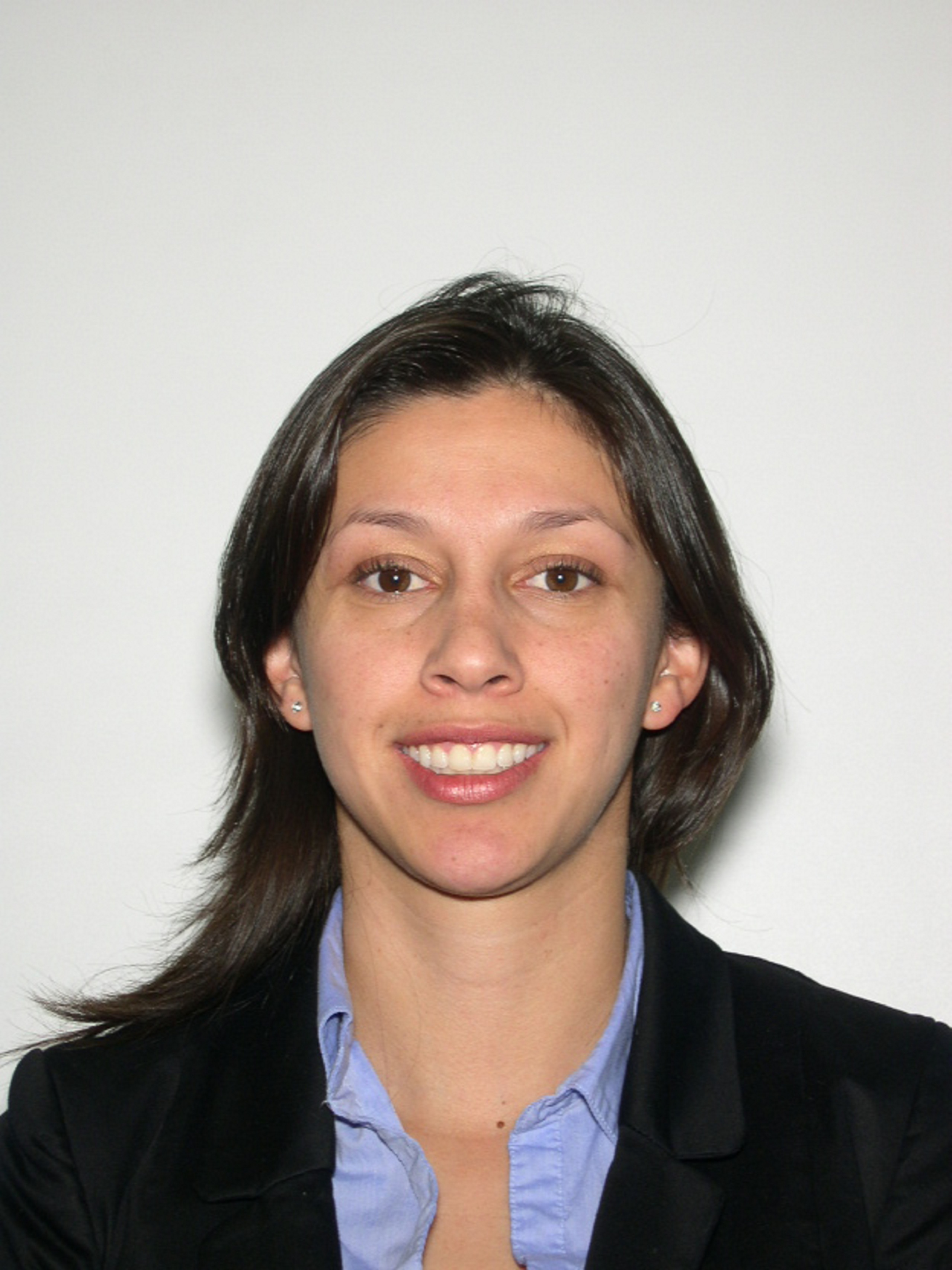EDF Climate Corps fellow | May 15, 2013
“Knocking down a brick wall by yourself with your bare fists is next to impossible. But organize a team equipped with sledgehammers and a plan, and it gets a whole lot easier,” said Gwen Ruta in a Fast Company Op-Ed explaining the concept behind EDF Climate Corps.
This blog post is the 15th in a series, highlighting our team of ‘sledgehammers’ – the 2012 EDF Climate Corps fellows– and their plans for breaking down the barriers to energy efficiency at their host organizations.
Name: Patrick Murphy 
Host Organization: Commonwealth Financial Network
School: University of Notre Dame Mendoza College of Business
Opportunity: Murphy’s challenge was to look beyond the big-ticket energy efficiency projects and focus on multiple small gains in operations at Commonwealth Financial Network. Energy efficiency guru Amory Lovins called this the “silver buckshot” approach: there may not be a silver bullet to single-handedly solve a company’s environmental challenges, but a collection of small improvements can achieve a big impact.
Barrier: The greatest challenge of Murphy’s work was tracking each initiative – each piece of “buckshot.” Some days, this meant attending four meetings about four separate initiatives.
Solutions Identified: The whole is greater than the sum of its parts – individual efficiency projects add up to significant annual savings in dollars and greenhouse gas emissions, and each non-financial achievement strengthens Commonwealth's future as an environmental citizen and workplace for engaged, committed leaders. Among the many projects Murphy looked at, his recommendations included
- Delamping and installing Vending Miser power management devices on vending machines
- Recalibrating occupancy sensors and modifying night-time lighting use to eliminate potential waste
- Minimizing disposable coffee cups and replacing paper towels with electric hand dryers
- Launching Commonwealth’s sustainability committee as a bi coastal initiative, welcoming new members in the Massachusetts and California offices
- Defining long-term metrics to measure the sustainability committee’s success in the future
Potential Savings: Patrick Murphy's vending machine and computer power management recommendations to Commonwealth Financial Network could cut its energy consumption by 60 percent, saving $57,000 and 50 tons of carbon dioxide emissions annually.
Quote: “No silver bullet, as Amory Lovins would point out, but plenty of buckshot. A few thousand dollars here and there quickly adds up.”
Name: Whitney Ketchum
Host Organization: San Diego State University – Imperial Valley Campus (SDSU – IV)
School: Duke University Nicholas School of the Environment
Opportunity: San Diego State University – Imperial Valley Campus hired Ketchum to assist them with their goal of becoming carbon neutral.
Barrier: San Diego State University's Imperial Valley Campus gets over 300 sunny days every year, making it one of the hottest campuses in the country. Its HVAC system upgrade was long overdue, but had been held up by budget cuts in California and the California State University System. Also, the Imperial Valley campus is small, and so it lacked the resources to put together a funding proposal to replace the failing chiller.
Solutions Identified: Ketchum focused on making the case to replace the 32-year-old chiller system which cools 90 percent of the building space on campus. In addition to saving the school money and carbon dioxide emissions, replacing the chiller would increase the comfort level of the students, faculty and staff. After all, on a campus where summer temperatures can reach 118 degrees Fahrenheit, the HVAC system is an important piece of equipment.
Potential Savings: Ketchum determined that replacing the chiller system could reduce campus electricity usage by 30 percent, paying off the initial investment in four years. Such a short payback period was compelling enough that SDSU main campus decided to move forward with replacing the system at SDSU-IV.
Quote: “When I told a friend who lives nearby that I would be moving there, he told me not to come, because ‘this is the hottest place on Earth.’ As I made the drive through the desert, I watched the car thermometer creep past 100 degrees, in May, and I began to understand what he meant.”
Name: Diana Sanchez 
Host Organization: Carnival Corporation
School: Duke University Fuqua School of Business
Opportunity: On account of recent increases in fuel price, Carnival asked Sanchez to focus on uncovering energy efficiency opportunities on their cruise ships.
Solutions Identified: Sanchez identified energy efficiency opportunities in three areas: lighting, HVAC systems and galley (kitchen) equipment. When she arrived, Carnival had already implemented several projects in these areas, but there was still room for improvement.
- Lighting: Sanchez found that most areas on the ship leave the lights on all day, even though they are occupied only about a third of that time, so she recommended upgrading to light-emitting diodes (LEDs) and installing occupancy and daylight sensors.
- HVAC: Because the systems were installed many years ago, some operators were not using HVAC equipment features that could enable it to run more efficiently. Sanchez recommended that by providing periodic, targeted training to equipment operators, the HVAC systems could be run more efficiently, ultimately reducing onboard fuel consumption.
- Galley: In the galley, few employees knew how much energy and money could be saved by just by turning off appliances when not in use. Just like the HVAC system operators, Sanchez identified that these employees could make big contributions to energy efficiency if they were provided with proper training.
Potential Savings: Together, the energy efficiency opportunities Sanchez identified onboard Carnival's ships could save the company $52,000 or more, as well as 400,000 kilowatt hours of electricity.
Quote: “My big takeaway from my Carnival cruise- besides a great tan- is that training and engaging employees is just as important to energy efficiency as what is invested in efficient technology and equipment.”
About EDF Climate Corps
EDF Climate Corps (edfclimatecorps.org) taps the talents of tomorrow’s leaders to save energy, money and the environment by placing specially-trained EDF fellows in companies, cities and universities as dedicated energy problem solvers. Working with hundreds of leading organizations, EDF Climate Corps has found an average of $1 million in energy savings for each participant. For more information, visit edfclimatecorps.org. Read our blog at edfclimatecorps.org/blog. Follow us on Twitter at twitter.com/edfbiz and on Facebook at facebook.com/EDFClimateCorps.
About Environmental Defense Fund
Environmental Defense Fund (edf.org), a leading national nonprofit organization, creates transformational solutions to the most serious environmental problems. EDF links science, economics, law and innovative private-sector partnerships. For more information, visit edfbusiness.org. Read our blog at blogs.edf.org/business. Follow us on Twitter at twitter.com/EDFbiz.